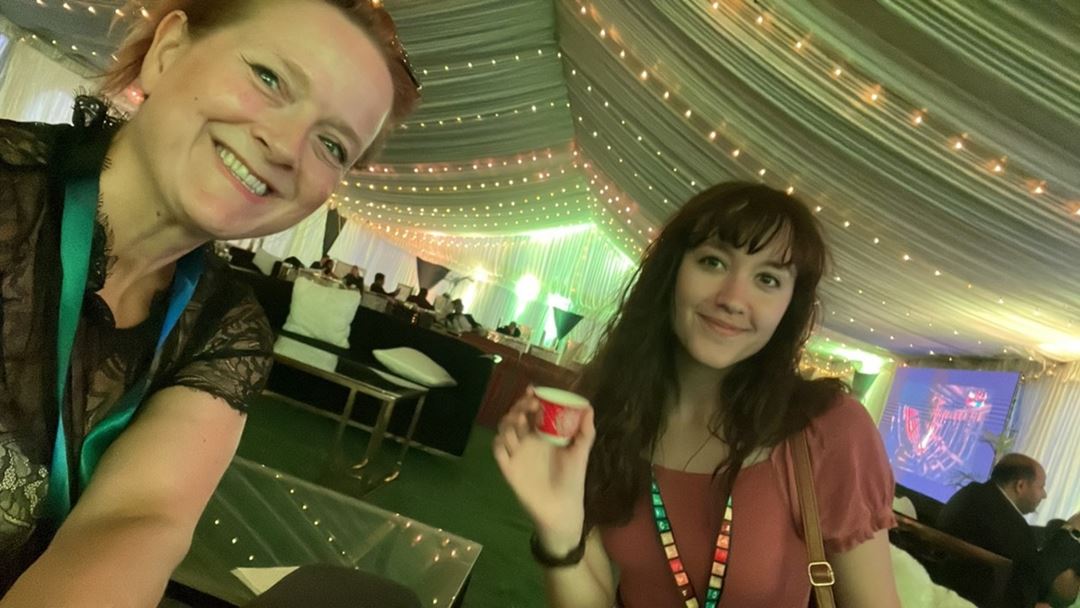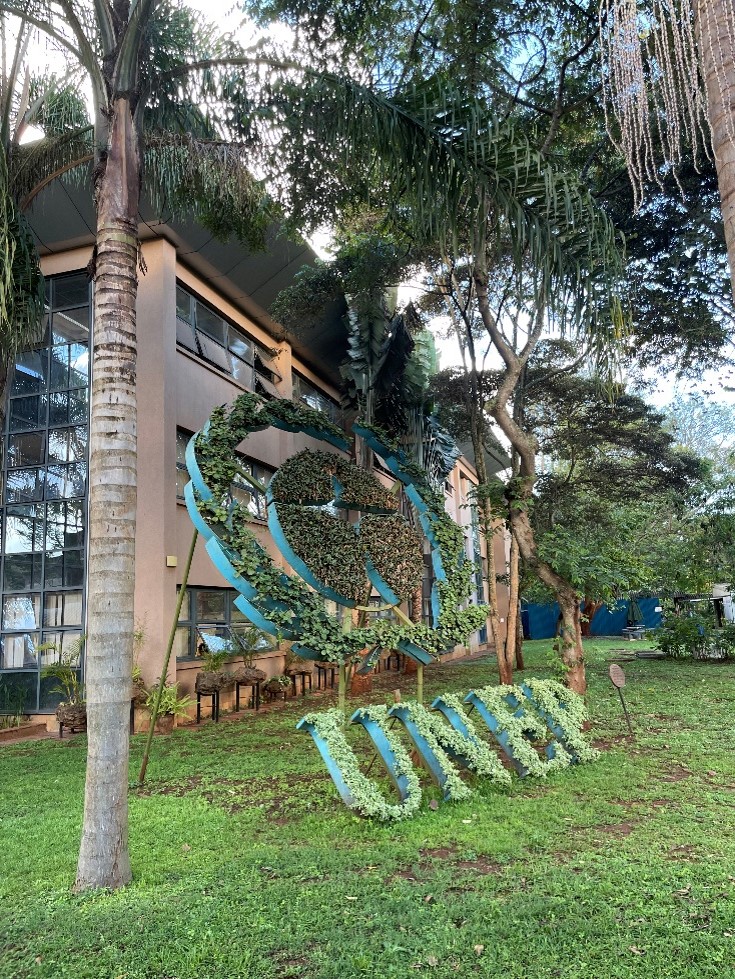Recap day 5 – INC3 – “The one where the focus was to get a new draft text ready”
The Nairobi spirit was alive and well the morning of the fifth day of negotiations, Friday the 17th of November 2023.

By Rachel Tiller and Emily Cowan, SINTEF Ocean
The Nairobi spirit was alive and well the morning of the fifth day of negotiations, Friday the 17th of November 2023. Delegates appeared well rested and ready to take on the final day of attending the informal contact groups with no plenary sessions scheduled. The goal of the day was to begin initial talks on the second reading of the draft treaty text after member states had provided their initial opinions on the first reading that had taken place the previous three days (and nights!).
The tent with comfortable seats and a relaxing atmosphere that was sponsored by the Kingdom of Saudi Arabia gave delegates and observers – and researchers like ourselves - a spot for relaxation and easy conversations on a day that ended up having some longer breaks than many may have anticipated beforehand.
The reason for these longer periods of breaks can be explained by the sheer amount of text proposals that came in after the first reading of the Zero Draft text of the new instrument. Recall that on day 4, Thursday the 16th of November – (26) Day 4 recap at INC-3 – The calm before the storm | LinkedIn - the first reading of Part II in CG1 didn’t end until 22:00, and at that time already, more than 344 submissions had been submitted before that meeting – and an undisclosed number after. For CG2, more than 400 submissions were received in total by the deadline that morning. Therefore, when the morning session started at 10 am with CG1 and 2 – there were some challenges in moving forward on account of the organization of work.
This was partly because there was no clear understanding of whether there would be actual negotiations on the zero-draft text. It soon also became evident that many delegates were also not seeing their submissions reflected at all in the new compilation documents that were presented on the screen – or not reflected in a manner they were comfortable with. In many cases, the options that co-facilitators had included in the new compilation documents were nearly identical to one other, and there were suggestions by delegates for informal working groups (informal informals) to streamline the text so that there would not be so much redundancy.
Some delegates opposed these parallel informal groups, though, emphasizing that many delegations were small and were unable to be in more than two parallel sessions at a time. In the end – in both CG1, 2 and 3 – the co-facilitators and secretariats were in the end tasked by the delegates with ensuring that all submissions were compiled into one document and to streamline the text for easier readability.

It also soon became clear that during the second reading of the text, there would be no actual negotiation of the text or specified preferences of options. Delegates were however asking that there be a new version of the text ready by the end of INC-3 that they could bring home “to capital”, study and use as a baseline for negotiations in Ottawa, Canada, during INC-4 in April 2024. This new draft treaty text would need to have all text submissions from members incorporated in a compilation document, and the text needed to be streamlined – and all delegates wanted to find their suggestions in the new text.
Today – on the day before the end of INC3 – delegates continue this work on streamlining the compilation texts, making it likely the last full day devoted to negotiations of the future treaties’ text. Today the plan is to end in a plenary session to take stock of what has been decided on the texts in all three contact groups and present the plans for intersessional work between now and the fourth round of negotiations in Ottawa, Canada in April 2024
